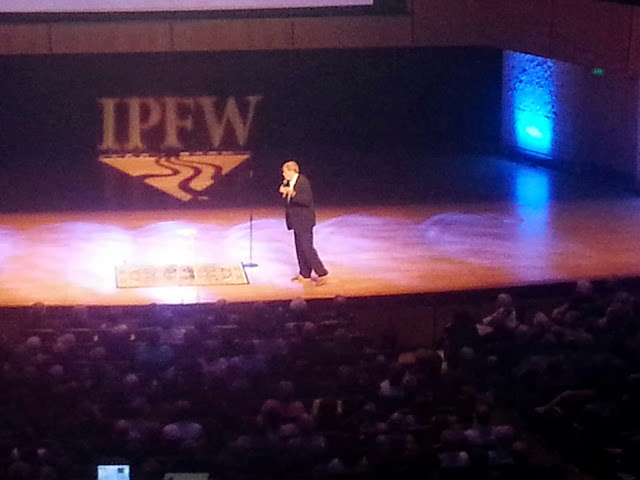Springtime on the River in Leo
We were there, looking out at a serene, reflective river. Then, "that's a beaver!" said the one. A thick, sturdy brown creature paddled out from under the pier floating cow-style, doing a dog paddle, as if such a thing were possible from an aquatic rodent mammal. It cruised around and about, almost lollygagging along the shoreline. Spring water was calm and I agreed: maybe it was a beaver or an extremely large muskrat. Now, I sat not moving in April and feeling guilty, perhaps a Catholic-mother type of guilty or a Midwestern-Christian type of guilty, just as bad. As if the world didn't want me to sunbathe or listen to the birds sing: the wren, the robin, the finch, the catbird, the goose and duck. Red bud trees curved like bonsai after their limbs had been broken by the winter's ice and snow. No leaves yet, their tiny pink buds were dots still, their bright brilliance a promise that was yet to be unveiled.
Yesterday's rainbow sherbet. It was so good. Did I once say 'sher-Bert?' now it has become sorbet, always was. Oh, happy colors. At rainbow's end - we come again -
The birds hammer away. Do they sound loud to themselves? Do their heads vibrate? Paper whites, tulips, daffodils, vinca, lies, untold truths, secrets. "So-and-so needs lots of feedback," meaning 'reassurance,' he said and I thought, as he was talking about a co-worker. Really, I thought.
As for me, I'm glad to hear the distant lull of a trolling motor on a fishing boat far down the waterway. I wait for the beaver/giant muskrat to paddle back by me.
A little girl knocked on the door, asking for someone who wasn't home. She watched me shut the door, carefully lingering: holding her breath, she heavily drew it in, and then let it back out. I saw her as she ran through the front yard and around to the flowering magnolia. Nearly flying past, she reached out and clung to a large blossom attached to a low-hanging limb. Her hand wanted it so badly but she seemed afraid, of being yelled at, any minute: she was new to the neighborhood. Briefly, I saw a moral struggle written on her small face. Sweet, sweet anguish of life. Temptation.
I stayed inside, smiling, watching from a window. Unbeknownst to her, and to the beaver rat - creature on one side of the house, earth child on the other.


